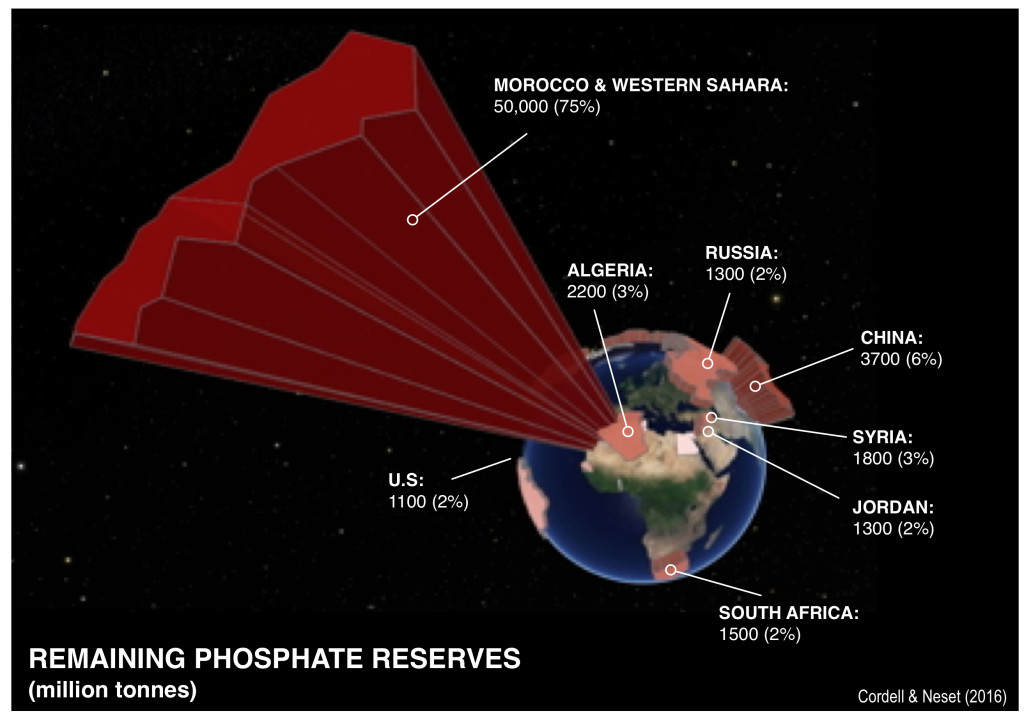Agriculture has had a profound impact on people and the planet. At the same time, emerging global challenges like climate change and resource scarcity are threatening the viability of food systems and there is a strong need for planned adaptation.
Over 30% of the Earth’s total land coverage has now been altered to support livestock, according to the UN Food and Agriculture Organisation
While the rise of agriculture thousands of years ago has enabled the global population to grown, cultivating land for the production of food has been the cause of many of the drastic changes to our landscapes that we have facilitated over the last several hundred years. Producing food has a profound impact on our environment – over 30% of the Earth’s total land coverage has now been altered to support livestock, according to a report by the UN Food and Agriculture Organisation.
Globalised food systems
Traditionally, diets were limited to food that was sourced close to where it was consumed – this is part of the reason why regionally-distinct cuisines emerged historically. For example, tropical fruit and rice are more common in Asian cuisines, where local climates allow them to grow, while root vegetables and grains are more common in European diets, where cold winters restrict many green leafy vegetables from growing. Further, these foods were grown with locally available resources like manures and crop residues for fertilisers, rainwater or modified local surface water for irrigation.
However, our food system has now become a global system, in which foods are produced in many countries of the world and exported to other markets. This has implications in terms of increased energy, waste generation, supply chain risk such as disruptions and price fluctuations. The 2008 food price spike saw food and other commodity prices spike up to 800%, triggered by drought-induced crop failures in Europe and the U.S., speculation in agricultural commodity futures markets and a surge biofuel production in the U.S. and Europe following high oil prices.
Most Australian cities are now supplied with food from many parts of the world, as well as from different parts of Australia (Gaballa and Abraham, 2008). It is not uncommon for an Australian grocery basket to contain tinned tomatoes from Italy, oranges from California or prawns from Vietnam. These long distances travelled by food items add considerably to their carbon footprint. While some foods are more efficiently produced in particular geographic regions – for example, it would not be commercially viable to produce pineapples and bananas in the Sydney region – for most foods, food miles comprise a significant proportion of their total environmental impact. Thus, consuming locally-grown foods can reduce the environmental impact of food consumption, and, simultaneously buffer against the threats and pressures.
